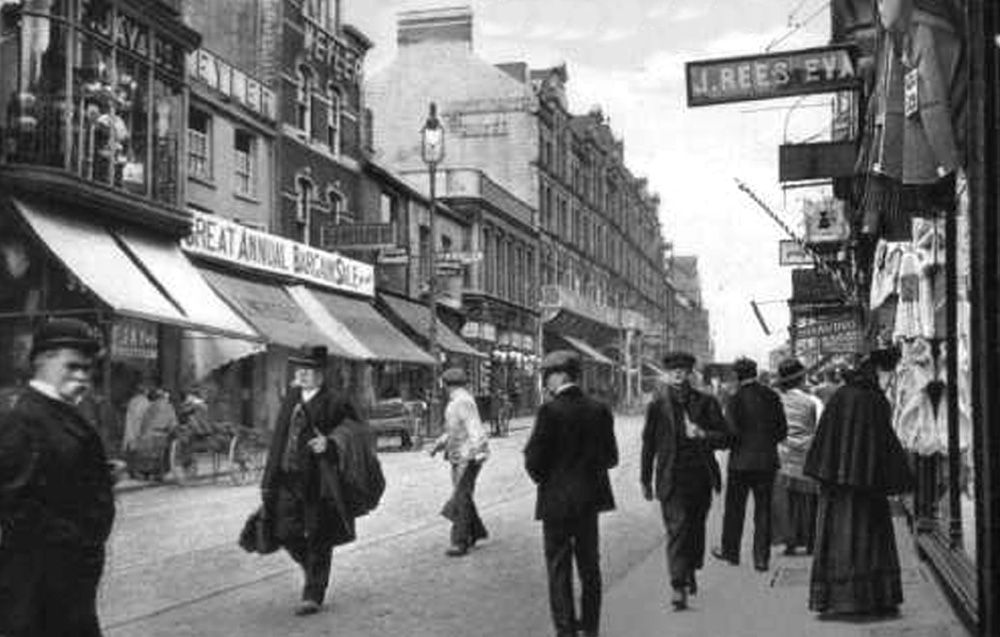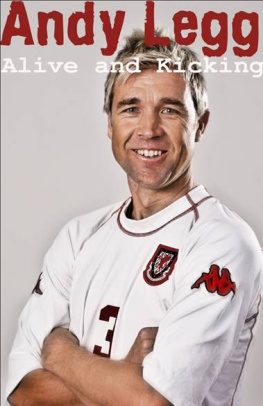Author Profile
Bernard Lewis is a retired local government officer who, although born in Swansea, now lives in Neath. He completed a Diploma in Local History in 1995 at the University of Wales (Swansea) and has since had three local history books published: Swansea and the Workhouse: The Poor Law in 19th Century Swansea which was published by the West Glamorgan Archive Service in 2003; followed by Swansea Pals: A History of the 14th (Service) Battalion, the Welsh Regiment, in the Great War (Pen and Sword Books, 2004); and Foul Deeds and Suspicious Deaths Around Swansea (Wharncliffe Books, 2009).
Swansea in the Great War represents the results of more than a year of research in local archives and the contemporary press reports, and also includes information received from many relatives of those who served at the front, or lived in the town, during the war.
Bernard is married to Elizabeth and they have one daughter and four grandchildren.

Dedication
Remembering the people of Swansea who did their bit in the Great War, in the service of a just cause.
First published in Great Britain in 2014 by
PEN & SWORD MILITARY
An imprint of
Pen & Sword Books Ltd
47 Church Street
Barnsley
South Yorkshire, S70 2AS
Copyright Bernard Lewis, 2014
ISBN 978 1 78303 294 5
eISBN 9781473841413
The right of Bernard Lewis to be identified as Author of this work has been asserted by him in accordance with the Copyright, Designs and Patents Act 1988.
A CIP catalogue record for this book is available from the British Library.
All rights reserved. No part of this book may be reproduced or transmitted in any form or by any means, electronic or mechanical including photocopying, recording or by any information storage and retrieval system, without permission from the Publisher in writing.
Printed and bound in England by
CPI Group (UK) Ltd, Croydon, CR0 4YY
Pen & Sword Books Ltd incorporates the imprints of Aviation, Atlas, Family History, Fiction, Maritime, Military, Discovery, Politics, History, Archaeology, Select, Wharncliffe Local History, Wharncliffe True Crime, Military Classics, Wharncliffe Transport, Leo Cooper, The Praetorian Press, Remember When, Seaforth Publishing and Frontline Publishing.
For a complete list of Pen & Sword titles please contact
PEN & SWORD BOOKS LIMITED
47 Church Street, Barnsley, South Yorkshire, S70 2AS, England
E-mail: enquiries@pen-and-sword.co.uk
Website: www.pen-and-sword.co.uk
Contents
Acknowledgements
I have to gratefully acknowledge the help and assistance I have received from a great many people in completing this book.
My first thanks must go to Mr Kim Collis and his excellent team at the West Glamorgan Archive Service, Swansea. I have made extensive use of the relevant records held in the archive and have received much in terms of advice and assistance along the way for which I am very grateful. Mrs Marilyn Jones and her colleagues in the Swansea Local Studies team at the Swansea Library have also been most helpful while I was wrestling with the long reels of newspaper microfilm that proved so invaluable to my research. Members of the Great War Forum website at 19141918.invisionzone.com have been unceasingly helpful in a variety of ways and I thank them most sincerely. The Long, Long Trail website (Chris Baker) at www.19141918.net also proved a very useful resource. A large number of individuals have helped me in various ways and these include Tony Allen, Phillip Battye, Roger Brown, Mark Butler, Geoff Caulton, Christine Clarke, Eunice Conibear and Elisabeth Hill, Tony Cook, Noel and Alan Cox, David Davies, Hugh Harrison-Allen, Susan Hemmings, Simon Jervis, Steve John, Hugh Jones, Simon Jones, Paul Kendall, Simon Peter Lee, Jeffrey Lewis, Sue Light, Robert Lindsay, Gwynne McColl, Pam McKay, Gareth Morgan, Jean Morgan, the Peace Pledge Union, Alan Penhaligan, John Powell, Gwyn Prescott, Leighton Radford, Terry Reeves, Ynis Richardson, Phillip Sillick, Sotonmate (Great War Forum), Jim Strawbridge, Joe Sweeney, Lesley Taylor, Heather Thomas, Sue and Andy Thorndycraft, Val and Ken Waite, John White, Charles Wilson-Watkins.
I am also indebted to my editor, Pamela Covey, who was very diligent in correcting and clarifying my manuscript where required and did so with a very welcome sense of humour.
I would also like to sincerely thank Mr Roni Wilkinson and his team at Pen and Sword Books for commissioning me to write this work. Roni has done sterling work over many years in furthering the publication of books about the Great War and he is an unflappable pleasure to work with. He didnt even bat an eyelid (as far as I could tell via e-mail) when I told him that my word count exceeded the commission requirement by over 100 per cent! I hope he thinks the result was worth the effort.
Finally, I must thank my wife Elizabeth (Lib) for her unconditional support in helping me to complete this project. After my research and writing were unavoidably delayed by family illness and bereavement, she was a source of constant help and encouragement in enabling me to catch up on lost time, as well as acting as honorary sounding-board and proofreader. I am deeply in her debt.
Bernard Lewis
Neath, January 2014
NB Care has been taken to avoid using material that may be subject to copyright without permission. If any errors in this respect have crept into the work, the author can be contacted by way of a stamped, self-addressed envelope sent to the publisher so that future editions may be amended as appropriate.
Introduction
This book is a history of some of the significant events that affected Swansea during the Great War of 191418. As such, it is a history of how the war affected Swansea and its people at that time rather than a history of the war itself. The reader will not, therefore, find within its pages detailed coverage of the various stages and battles of the Great War as it developed on several fronts. That said, many of the momentous actions that did take place between 1914 and 1918 will be mentioned but only in as much as there was a Swansea man (or woman) linked to the story.
Swansea in the early part of the twentieth century was a bustling town and port that still relied on industry of all types for its continued economic wellbeing but it was for its heavy industry that Swansea was best-known. Indeed, in 1911 the largest employment sector for males over the age of 10 in Swansea was that of iron, steel or tinplate, with about 5,600 being so employed. Other important sectors of the local economy were engineering (3,600) and building and construction (3,300), while certain forms of transport within the town accounted for another 4,400 men or youths. Over 2,000 men were also employed in the docks, a figure that had received a boost in 1909 with the opening of the Kings Dock.

Map of Swansea Docks. (Author s collection)

High Street, Swansea. In 1914 it was the main shopping area in the town. (Authors collection)
Like many other towns in the latter part of the nineteenth century, Swansea had experienced a tremendous growth in population as industrialization, almost literally, forged ahead. The infrastructure of the town had struggled to keep pace with this expansion and, as things finally slowed down a little, the town councillors and aldermen began to look at the question of town improvements. In the early part of the twentieth century they set out to acquire the tramway system from the private company that ran it for the greater benefit of the town and its people; were building a new reservoir at Cray to remove the problem of water supply; had opened a municipal telephone exchange (which soon had 600 subscribers); and there were plans afoot to expand the borough. Improvements were also made to the layout of Castle Street and there were plans for a large municipal housing estate at Townhill, as well as the hope of a modern civic centre to be erected at either Victoria Park or Northampton Place (near the modern-day Kingsway).
Next page
















